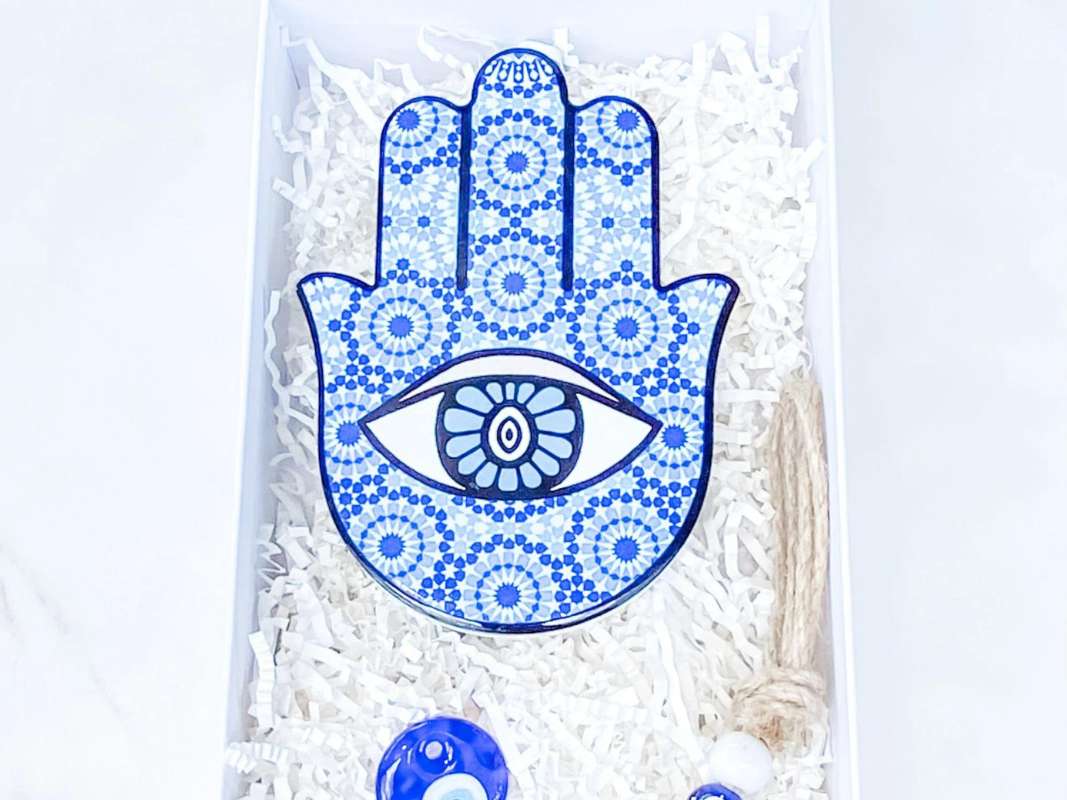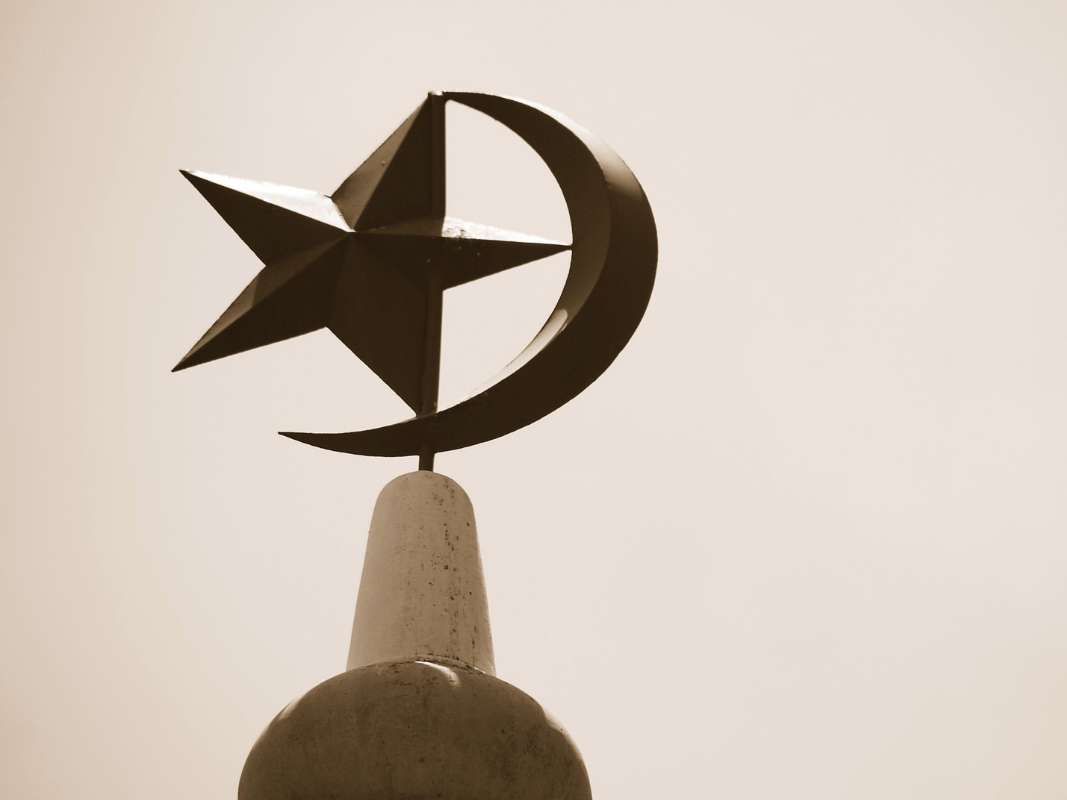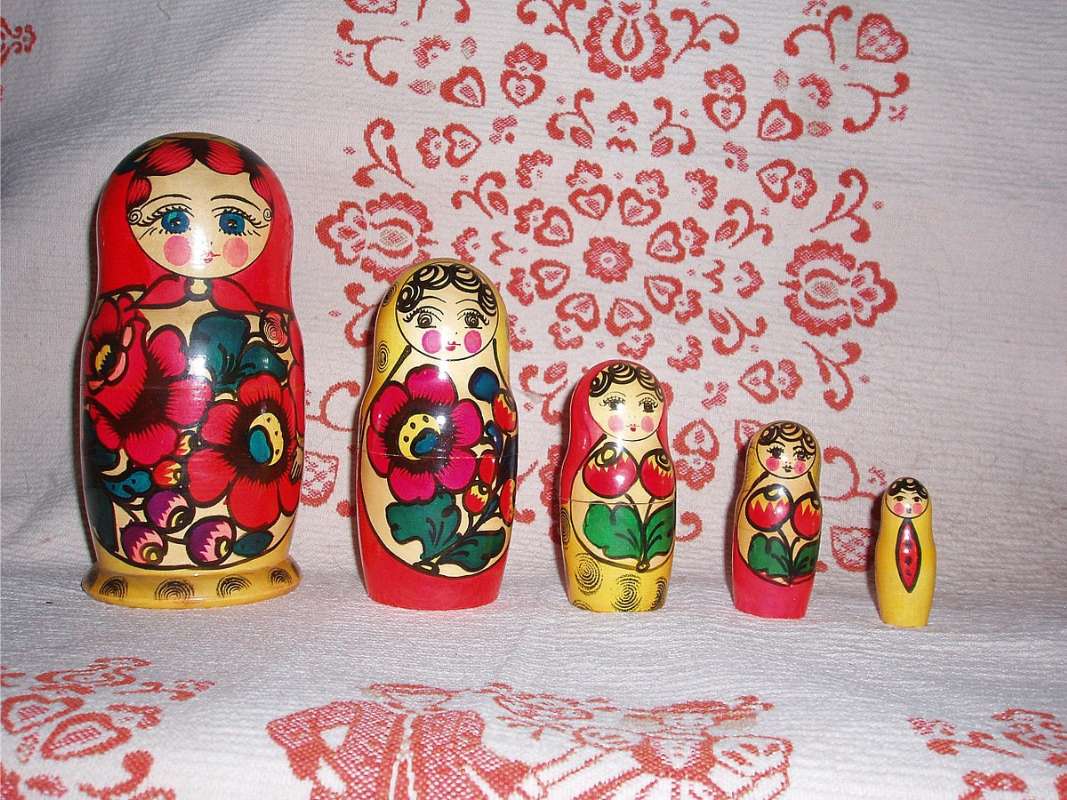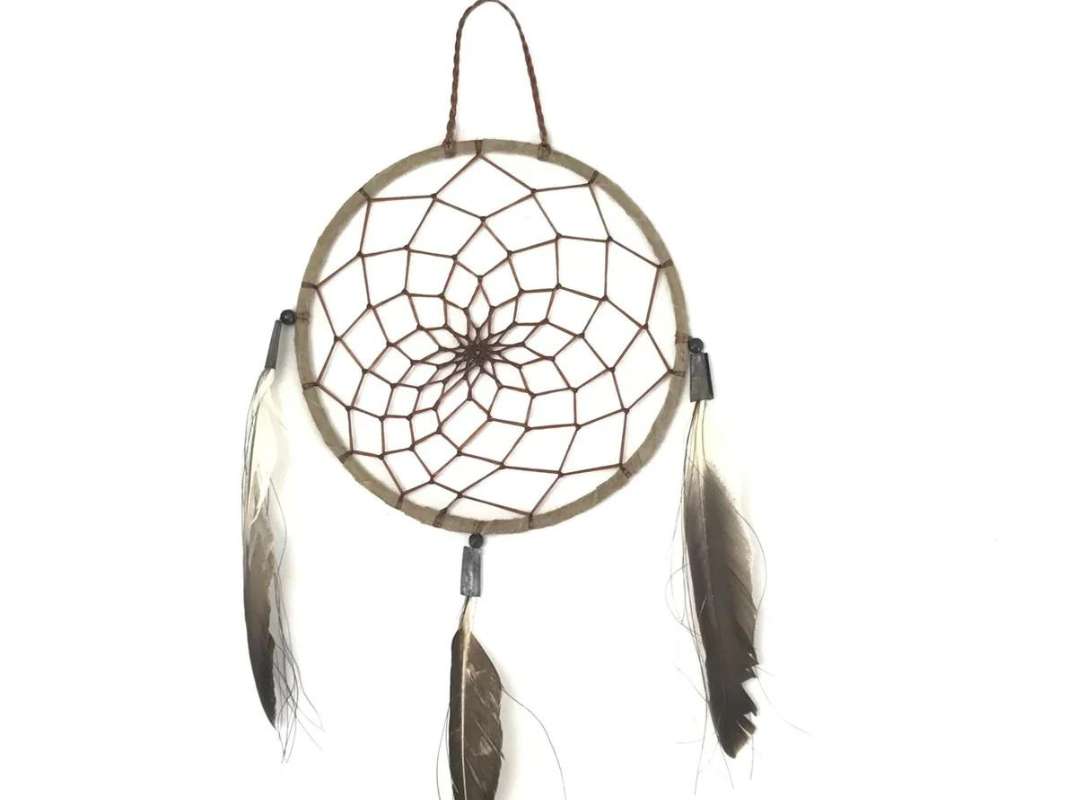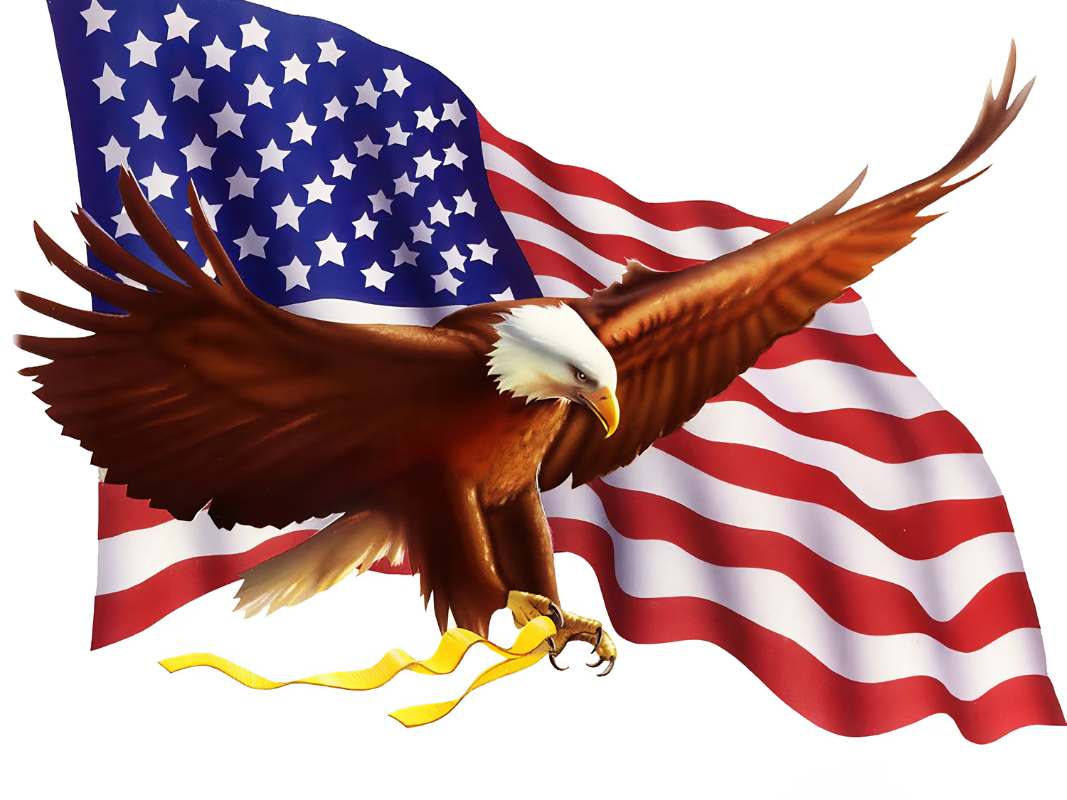These symbols encapsulate the essence of a culture, conveying complex ideas and emotions through simple imagery.
This article delves into various cultural symbols from around the world, exploring their meanings and significance.
This balance is believed to be essential for maintaining equilibrium in life.

Lotus Flower (India)
The lotus flower holds profound significance in both Hinduism and Buddhism.
This journey symbolizes the potential for individuals to rise above their challenges and achieve spiritual awakening.
The gate itself represents the gateway to divine presence and protection.
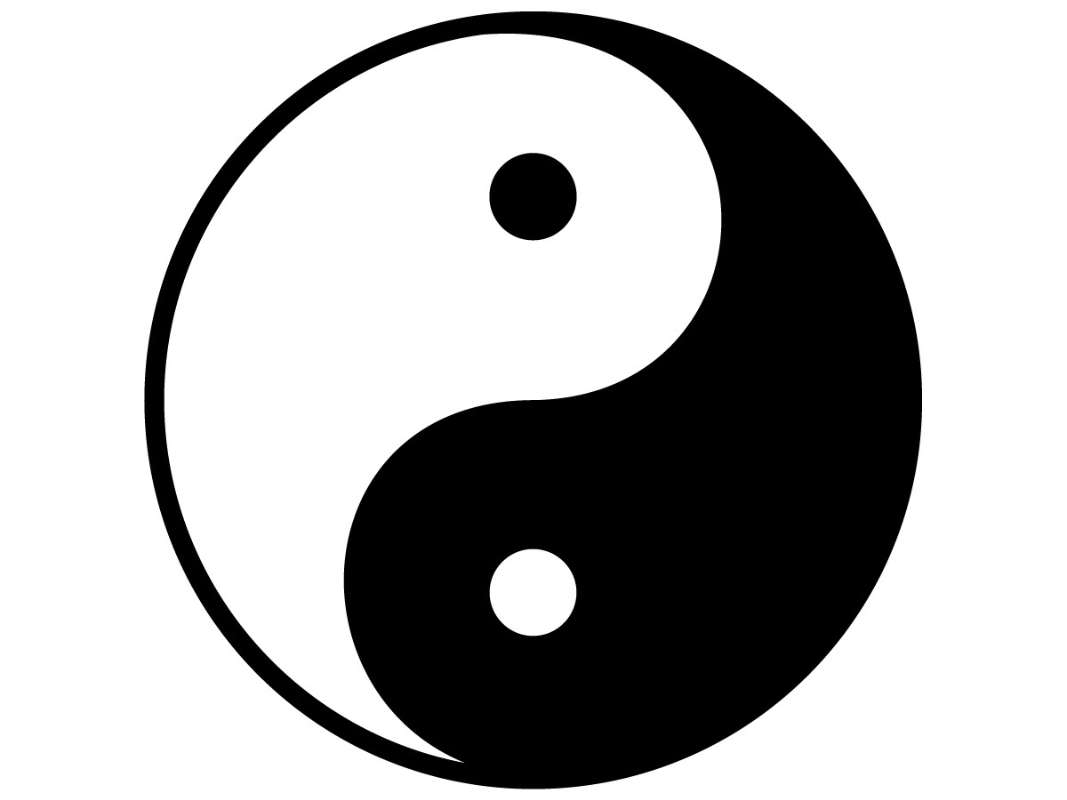
In Indonesia, Garuda is a national symbol and is depicted as a powerful, eagle-like being.
Garuda symbolizes freedom and the nations strength and is featured on the national emblem of Indonesia.
It also represents the vehicle of Vishnu, a major deity in Hinduism, signifying divine protection.
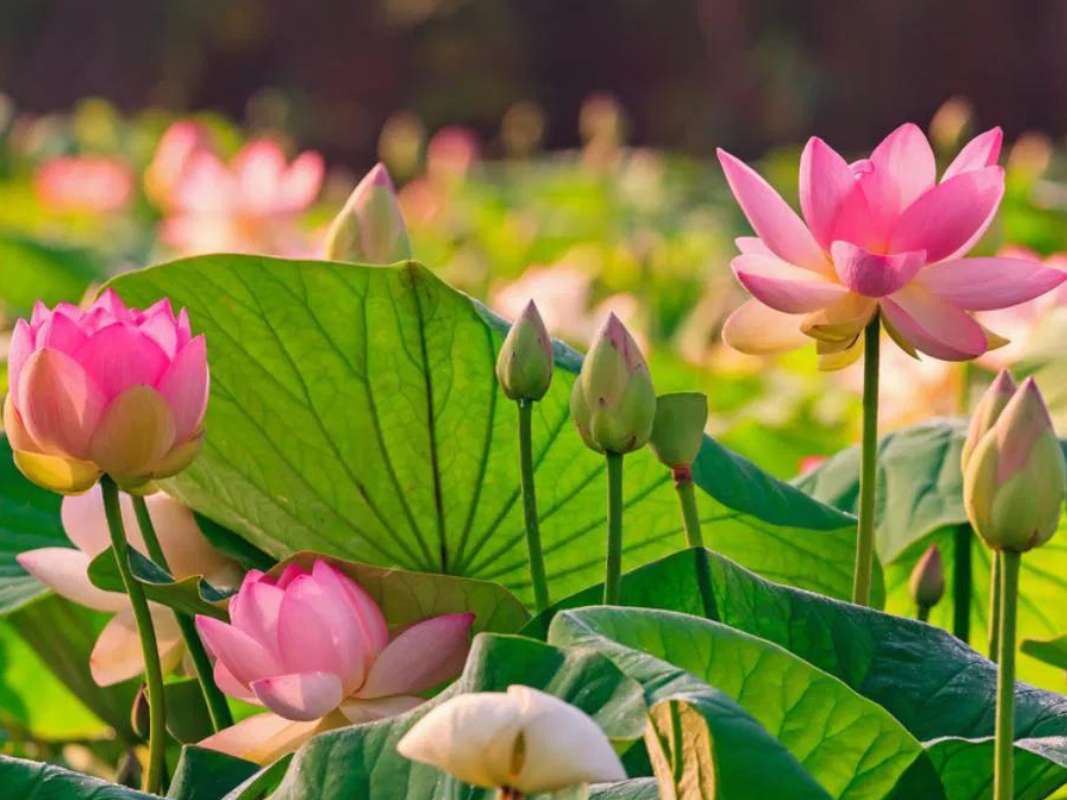
The symbol signifies the growth and development of the Muslim community, reflecting hope and guidance from the divine.
It represents purity, light, and perfection, often associated with the Virgin Mary in Christian symbolism.
In Greek mythology, the olive tree was a gift from Athena, representing prosperity and peace.
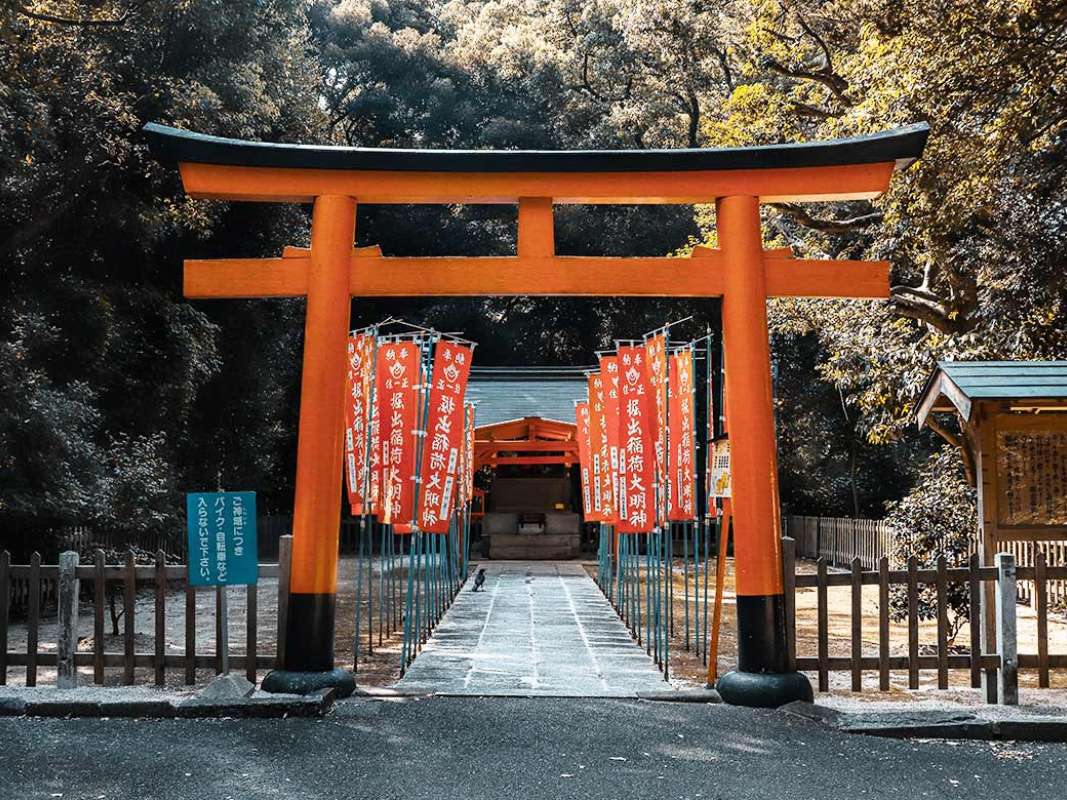
The Romans adopted the symbol, using it to signify victory and reconciliation.
Today, the olive branch is universally recognized as a symbol of peace and goodwill.
Matryoshka dolls are a symbol of Russian culture and craftsmanship, representing family, unity, and continuity.

Dreamcatchers are symbols of protection and positive energy.
Chosen as the national bird in 1782, the eagle embodies the ideals of independence and resilience.
Its resplendent feathers were highly prized and used in ceremonial headdresses and garments.
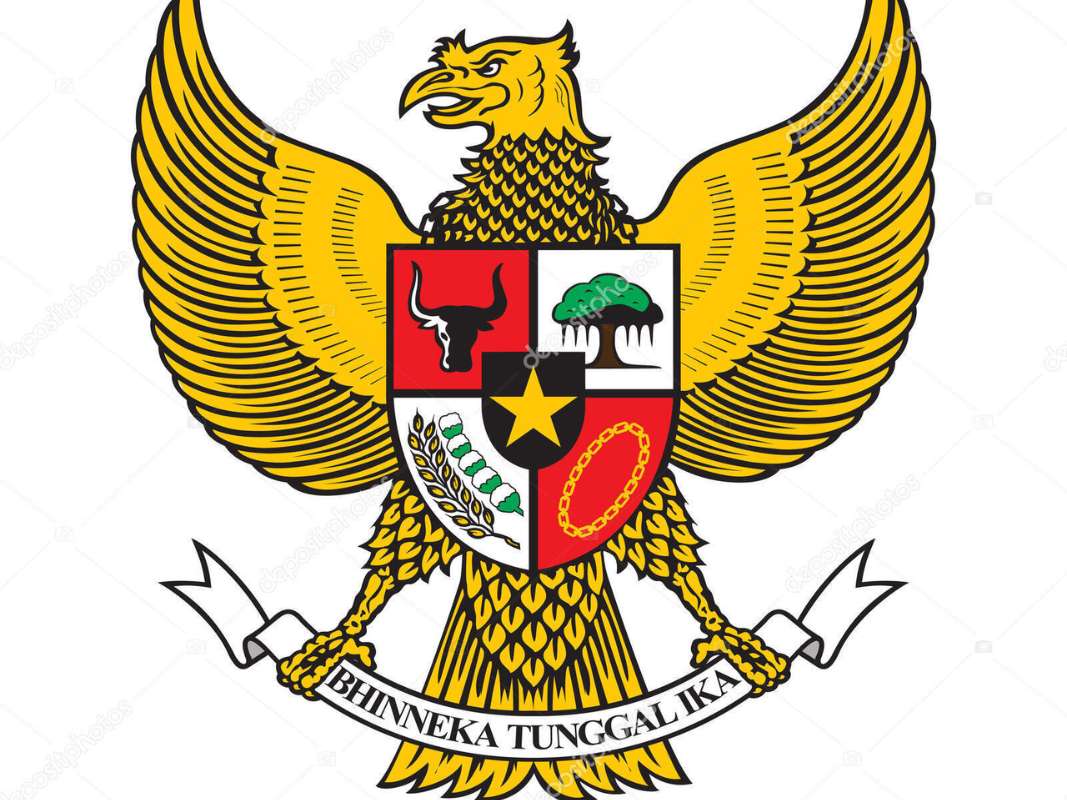
Today, the quetzal remains a national symbol of Guatemala, representing liberty and natural beauty.
Often depicted in the hands of deities and pharaohs, the ankh symbolized the life-giving power of the gods.
The ankh continues to be a popular symbol in modern spiritual and cultural contexts.
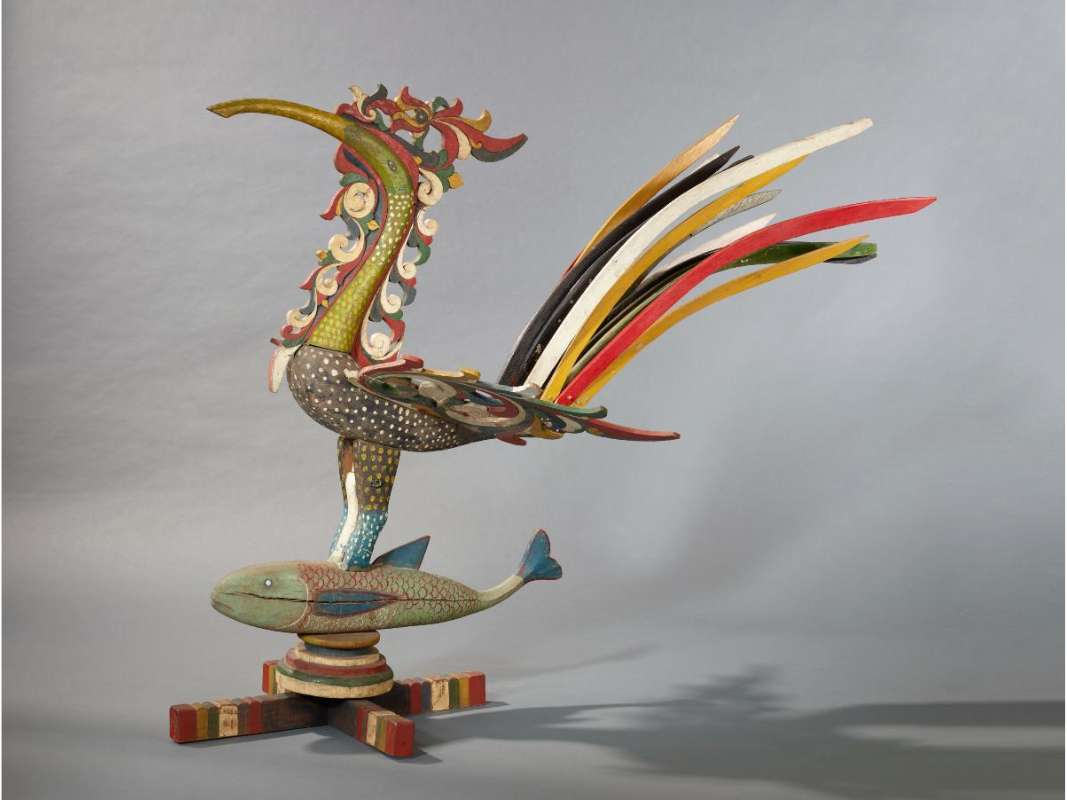
These symbols are often used in textiles, pottery, and architecture.
Adinkra symbols are integral to Ghanaian culture, expressing philosophical concepts and values.
Historically used in battle, the shield is made from cowhide and often adorned with distinct patterns and colors.

Today, the Zulu shield is a cultural emblem, symbolizing heritage and resilience.
It symbolizes new life, growth, strength, and peace.
Explore our collection and experience the magic of Kiricards craftsmanship.
